Vice President and Chief of Emergency Department, Kyoto Katsura Hospital
Yusuke Terasaka
This time, we toured major cities in India for 9 days and 7 nights to inspect local hospitals and medical sites. Although India has the world's largest population and is experiencing remarkable economic growth, there are large disparities in the field of medical care between public and private hospitals and between urban and rural areas. We report on our experience of actually visiting and experiencing firsthand the current status and challenges of vascular access devices, particularly PICC. We hope to convey the real medical situation there, which differs from that in Japan.
An overcrowded 9-day/7-night tour of four major cities in India

https://www.ac-illust.com/main/search_result.php?word=%E3%82%A4%E3%83%B3%E3%83%89%E5%9C%B0%E5%9B%B3
Tour and lecture on PICC environment in 6 hospitals
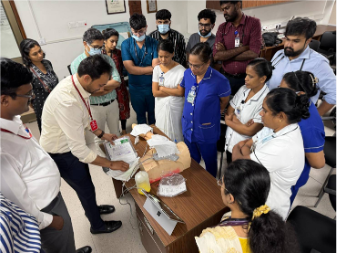
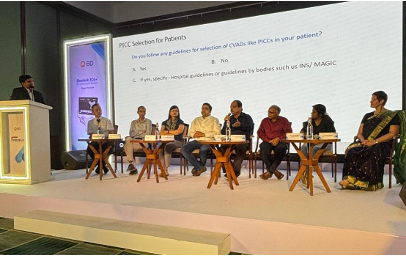
Panel discussion on PICC with KOLs from oncology, hematology, radiology, intensive care, and pediatrics in each city
Why India? Medical Conditions in India

Ministry of Foreign Affairs website https://www.mofa.go.jp/mofaj/toko/medi/asia/india.html
- The world's most populous country with a vast land area
-
India has the world's largest population, with approximately 1.45 billion people living in its vast land area. Its land area is about nine times that of Japan, making it the seventh largest country in the world. It has established democracy and freedom of speech, and is characterized by a huge market and a young population structure. The average age of the population is about 28 years old, which is in the demographic bonus period, a big difference compared to about 48 years old in Japan.
- Rapid Economic Growth
-
India's economy has grown remarkably in recent years, with GDP growth reaching 8.51 TP3T in 2024, according to the government. With a nominal GDP of approximately $3.91 trillion, India ranks fifth in the world and is projected to overtake Japan by 2025. With a per capita GDP of $2,697, India-Japan relations are strengthening economically as well.
Healthcare Situation in Indiahttps://bharat-hub.com/india-medical-care
In terms of medical care, the number of doctors per 100,000 population is about 80, which is low compared to about 250 in Japan, and the penetration rate of public medical insurance is only about 251 TP3T. Unlike Japan's universal health insurance system, there is a marked disparity in medical care. Public hospitals suffer from lack of funds and overcrowding and are unable to provide adequate medical services, while private hospitals provide advanced medical care and are used by those who can afford it.
Ambulance Situation in Indiahttps://www.shutterstock.com/ja/search/india-ambulance
For emergency medical care, you must contact the hospital or ambulance service yourself, which often takes 30 minutes to an hour to arrive, even in urban areas. Ambulance fees are on a pay-as-you-go basis negotiated on site, and some vehicles do not meet standards. In some cases, only a driver is needed.

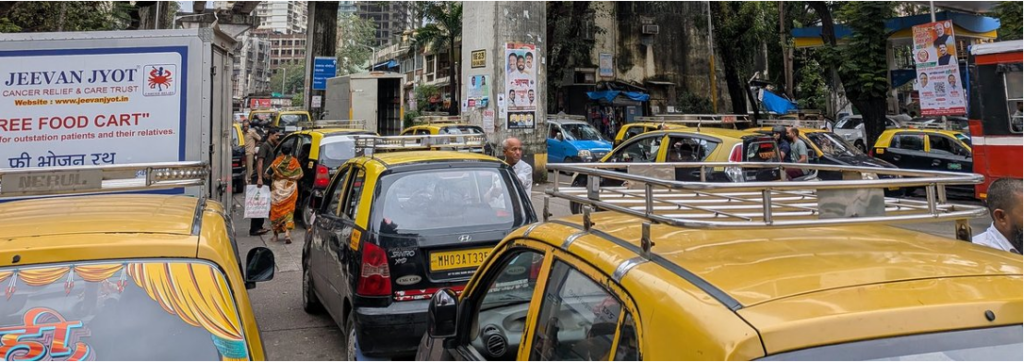
Traffic congestion is severe in urban areas. Regional disparities also exist in the public emergency medical care system.
India's healthcare disparities are severe.
Public and private Rural and urban



Public hospitals have corridors, stairways, and everywhere else overflowing with patients, while private hospitals offer a more relaxed environment and are popular for medical tourism from abroad. The quality of medical equipment and facilities also varies greatly, with some facilities having the latest equipment and others having hygiene issues. Each region of India has different languages, religions, economic situations, and ethnic groups, and medical services are provided according to each environment in a society based on diversity.
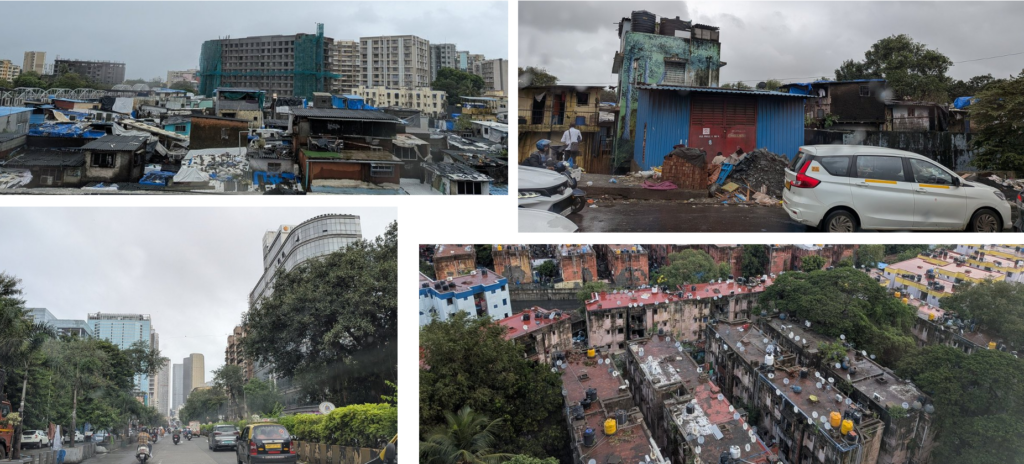
Different regions have different languages, religions, wealth and poverty, and races, and are receptive to them.
In India, each region is diverse in language, religion, economic status, and race, and society is built on the acceptance of these differences. Despite the chaos and disparity based on such diversity, people are resiliently living their lives.
Disparities in all areas of life, economy, and health care
In India, medical services are provided according to each position and region in a society with a mixture of population growth and inequality. Unlike Japan, it is necessary to examine the needs and issues in the field of vascular access devices, recognizing that significant differences exist in the quality of and access to medical services. Since the methods that are considered "correct" in the guidelines are not always practicable in the field, presenting the most appropriate choice based on the current situation is a characteristic of Indian medical services.
Next time.PICC Situation in IndiaWe will be approaching the

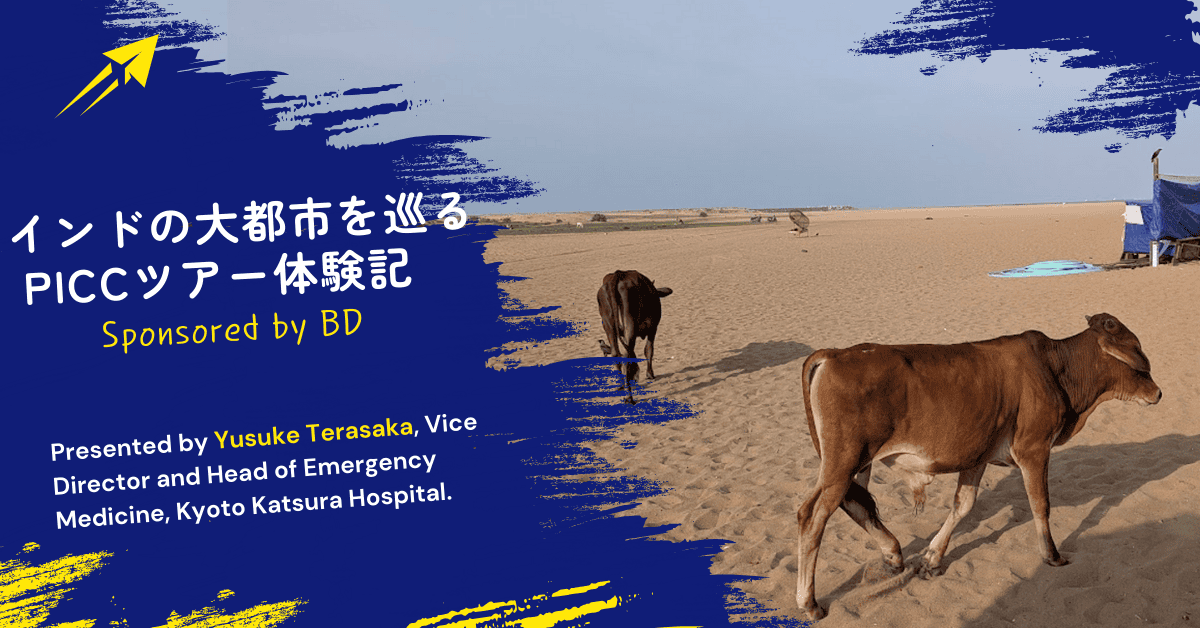

Comments